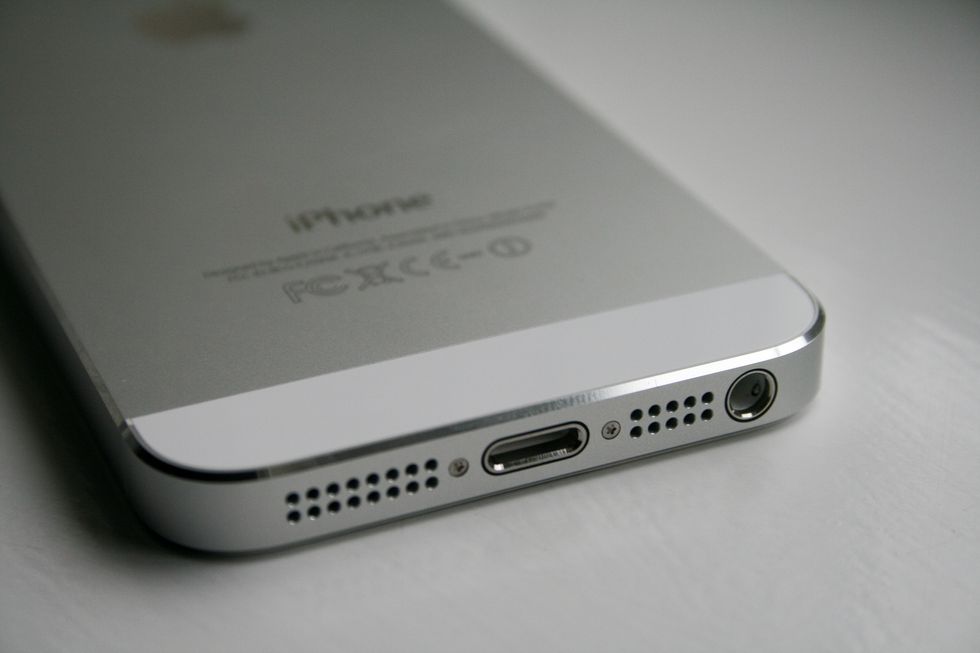Since Apple's controversial decision to remove the 3.5mm headphone jack on the iPhone 7, it has become a major topic for every major phone release since. Following suit, Google removed the headphone jack for their Pixel 2 phone. This was surprising to some fans, as they thought Google would love to hold that over Apple's heads. Though they commented in an interview with TechCrunch on the issue:
“The primary reason [for dropping the jack] is establishing a mechanical design path for the future . . . We want the display to go closer and closer to the edge. Our team said, ‘if we’re going to make the shift, let’s make it sooner, rather than later.’ Last year may have been too early. Now there are more phones on the market.”
So it seems that the goal of removing the 3.5mm jack is to make room for the screen. But does the removal of the port really give it much room? StrangeParts on YouTube spent his free time in China to find and assemble parts to install a headphone jack into the iPhone 7. In the end, he was successful, but it was quite a challenge for one man.
In the case of the 7, there may be some room for it. But as for the X, it seems that the 7 was the test pilot to make sure they had the right things in place to fully ditch it to include a wider, more impressive screen.
This may be the case for the internals of the iPhones, but there are phones with similar screen goals that do include the headphone jack. The S9 has the jack, but it does have a bit of a bevel at the bottom where the port resides. The Pixel 2 has bigger bevels than the S9 and the iPhone X and it doesn't include the port. The Asus Zenfone 5 also includes the headphone port and is practically an Android copy of the iPhone X.
Another common criticism of the headphone jack is that it makes it hard to maintain water resistance. While looking at specs, this doesn't seem to be the case, as the S9 (which has the 3.5mm port) has a water resistance rating of IP68 (up to 1.5m in fresh water for 30 minutes). For comparison, the Pixel 2 and iPhone X both have a slightly lower rating of IP67 (up to 1m for 30 minutes).
Perhaps companies like Google and Apple are ditching the headphone jacks to make more money by selling their own Bluetooth headphones. This seems a bit too sinister to outright believe; perhaps they simply think the inconvenience of dongles is worth it to convey a more sleek design. It doesn't seem to impact water resistance, as the S9 has shown, so it could be completely reasonable that the companies just believe the port to be an eyesoreand want a more simple bevel design.



















